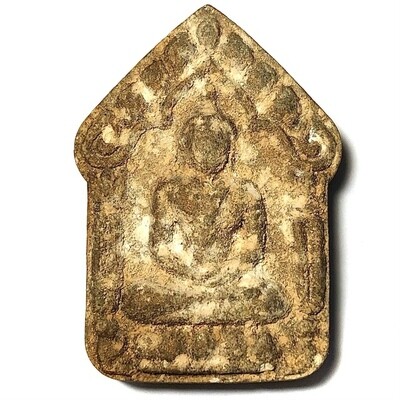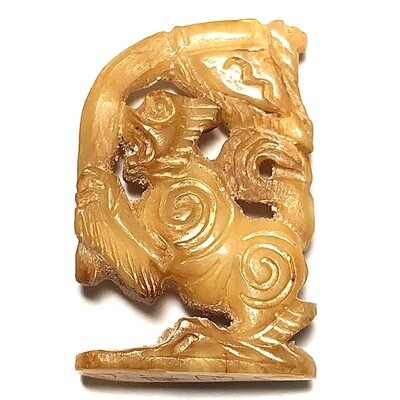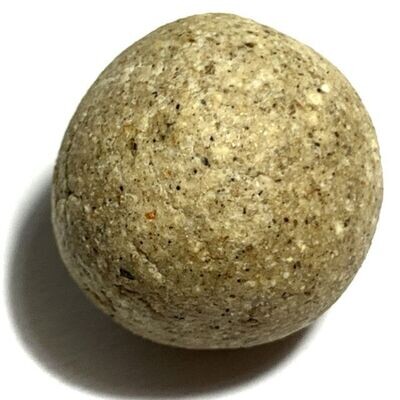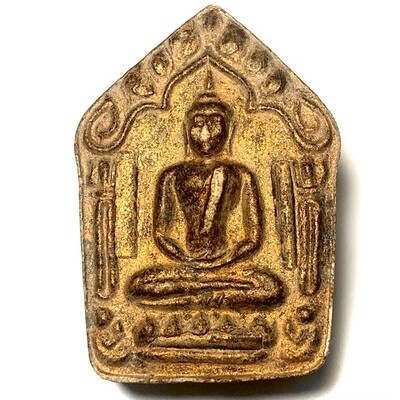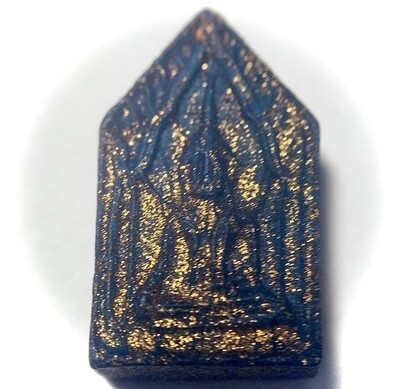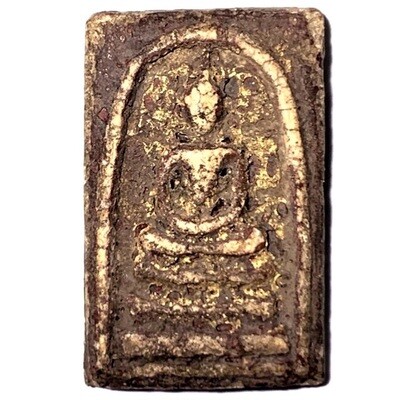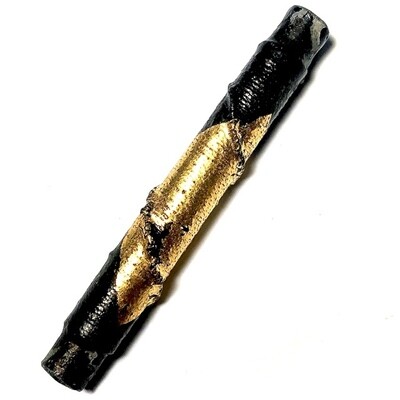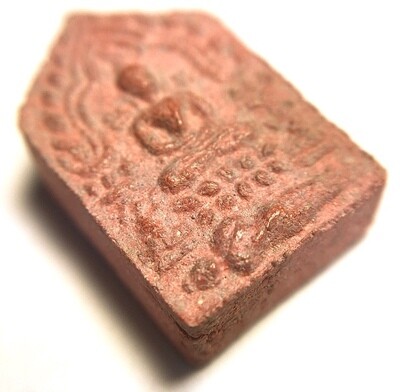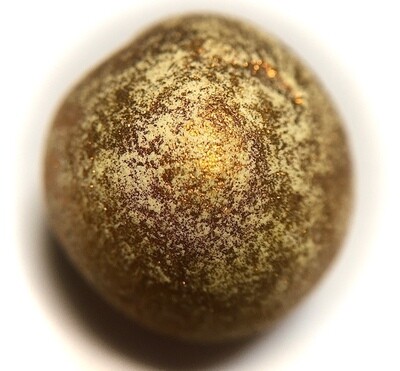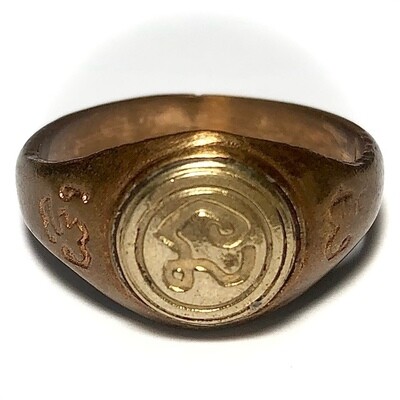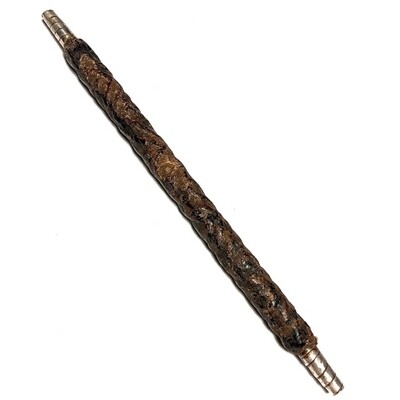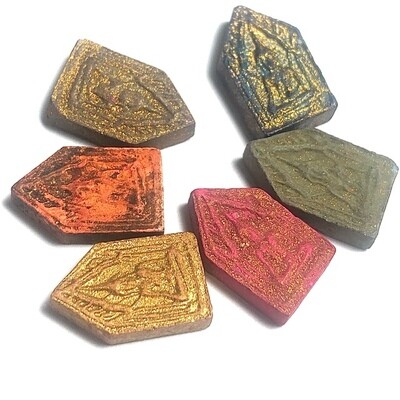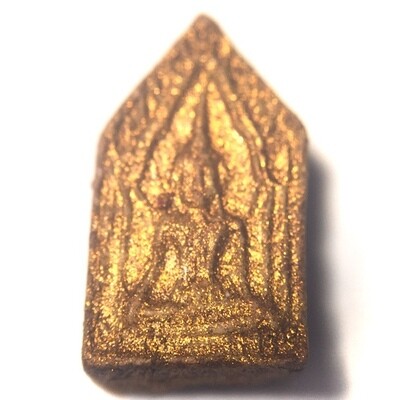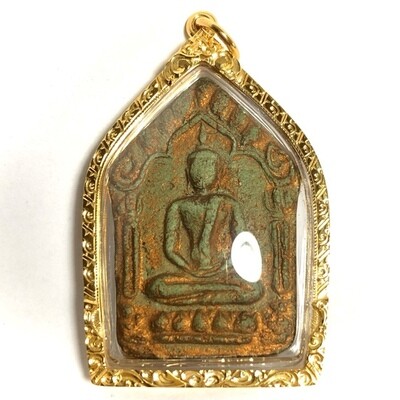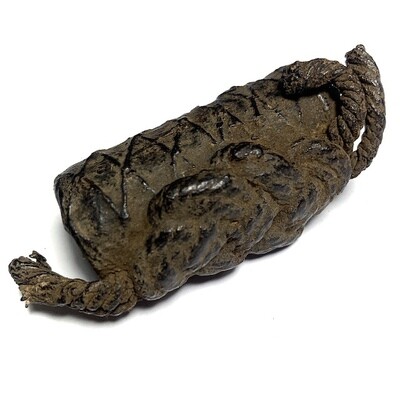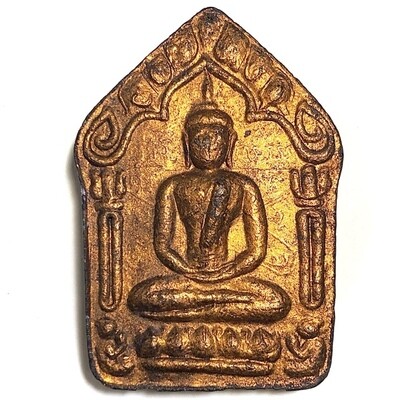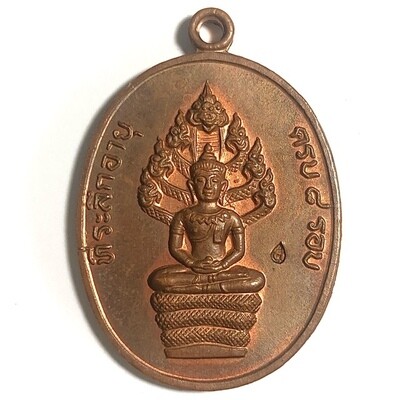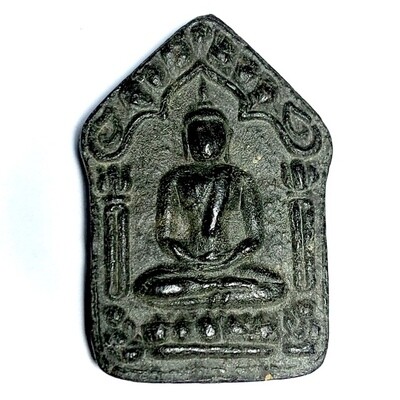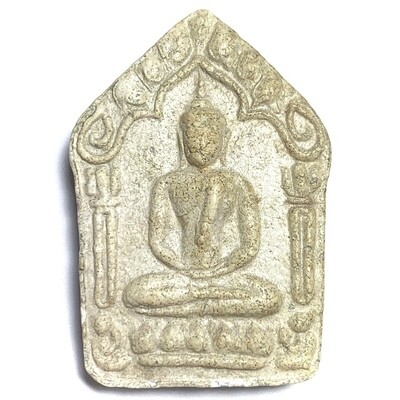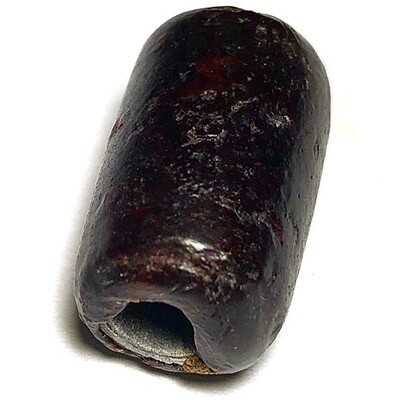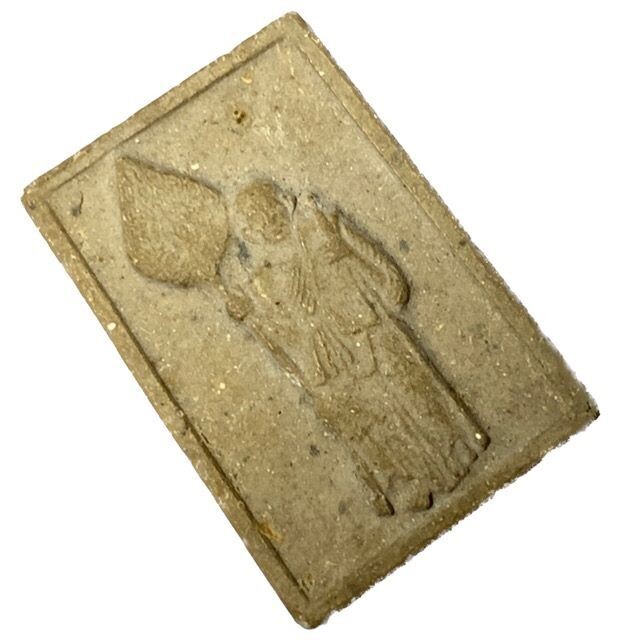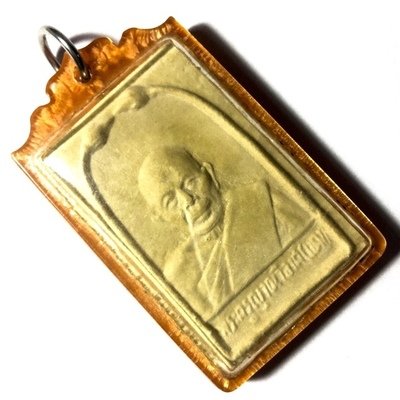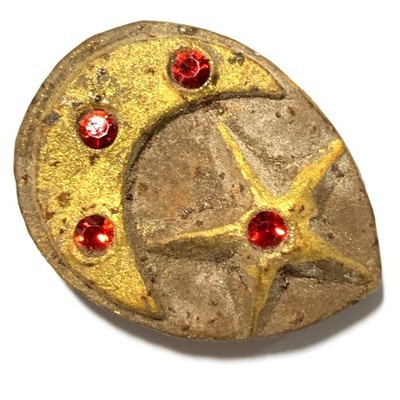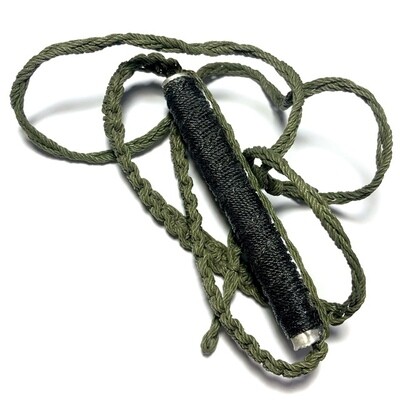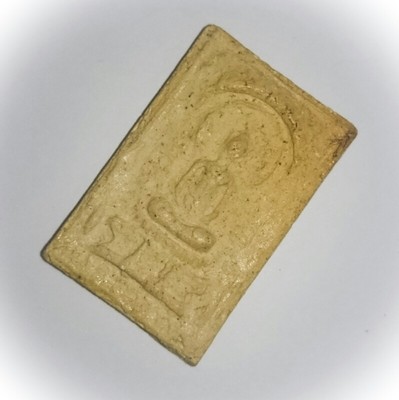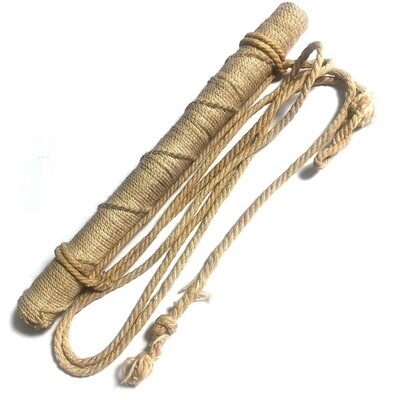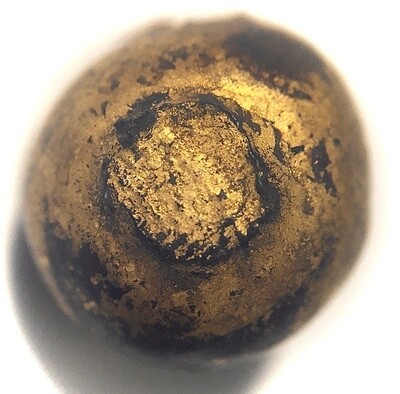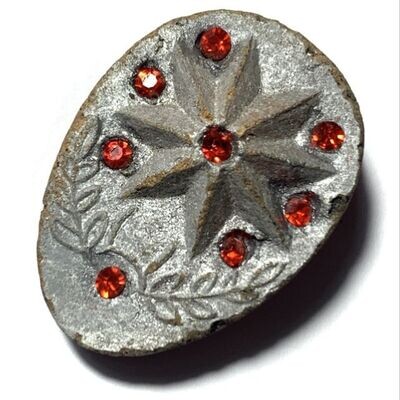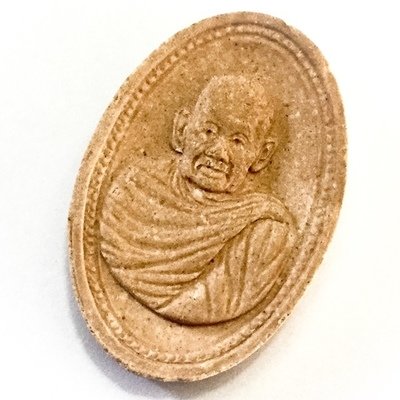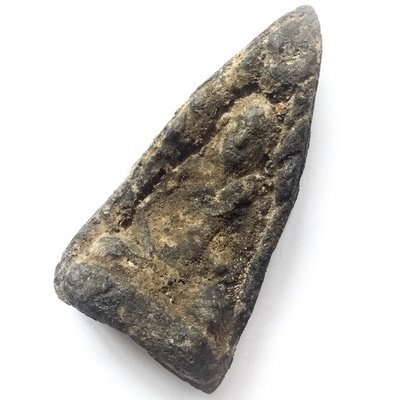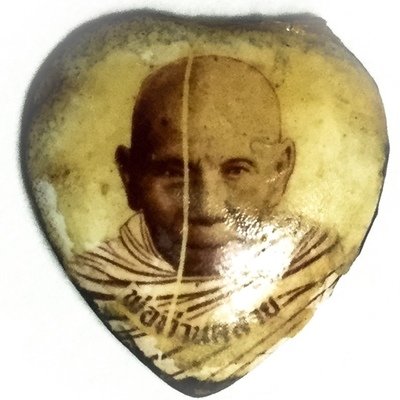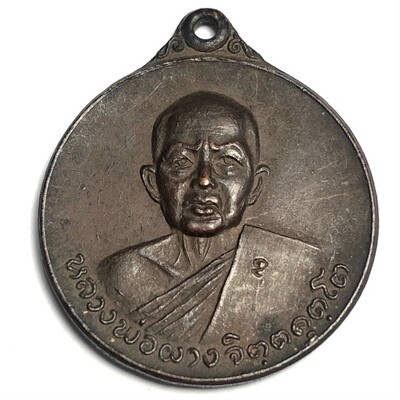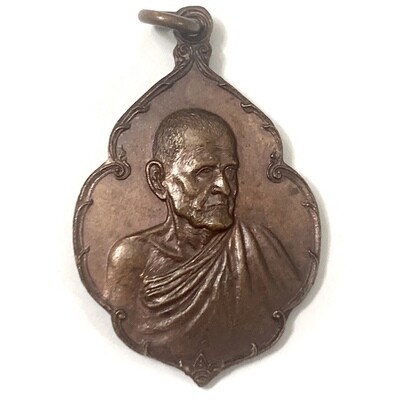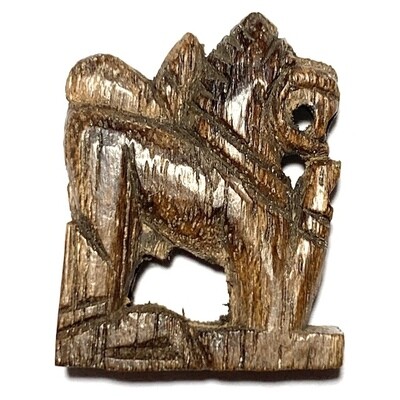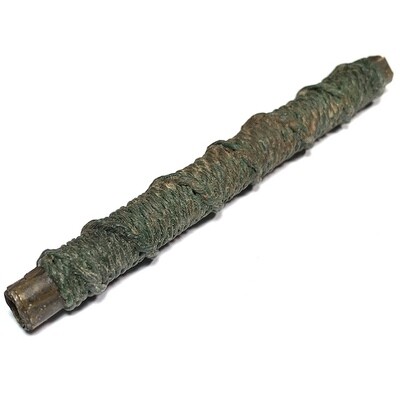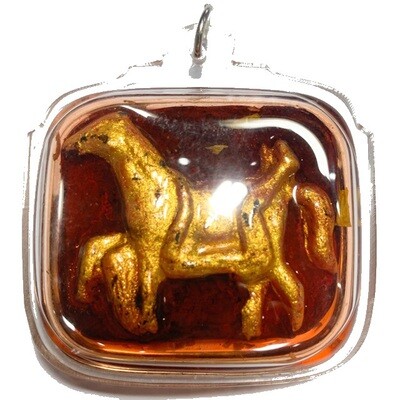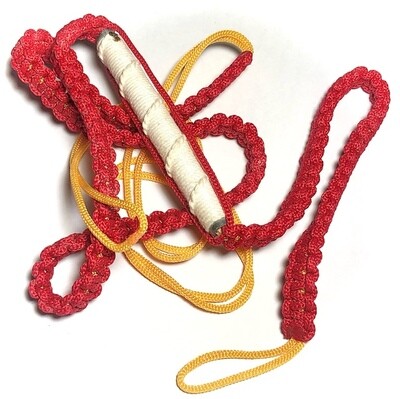
Ancient Amulet Store – Purveyors of preferred Classic Thai Buddhist Amulets for the True Devotee and Distinguished Collector
Discover the immensely deep and fascinating world of Vintage Thai Buddhist Amulets. Ancient Amulet is a long term established and internationally recognized Vintage Amulet Shop, and A Trusted Source for Classic Thai Buddhist Amulets for Devotees and Discerning Collectors, and is one of the many sub projects of informational sources created by Thai Amulet, Buddhism and Thai Occult Expert, Ajarn Spencer Littlewood . as part of his ‘Buddha Magic Project‘
Ancient Amulet provides authentic Antique and Rare Thai Amulets of the Pre and Early Post-Modern Era, of high esteem and Sacred Value, to revere, study and collect. Our Ancient Thai Buddhist Amulets are selected from the finest exhibits we can discover, and given diligent study and authentication processes. Our collection showcases time-honored amulets crafted by ancient masters, boasting captivating qualities and representing the esteemed Pra Niyom class. We offer authentic, highly valued ancient Thai Buddhist amulets from the pre and early post-modern eras, carefully selected from the finest exhibits and thoroughly examined. We invite you to study, revere, and collect these classic amulets from ancient masters, and to learn about their magical aspects and the art of amulet evaluation
Pra Pong Roop Muean Luang Por Chaem Wat Chalong Nuea Pong Ittijae Golden Jubilee Edition 2539 BE
Pra Pong Roop Muean Sacred Powder Votive Tablet image of the Great 18th Century Monk, Luang Por Chaem, of Wat Chalong, released by the temple committee, in the 50th Year of Reign of HIs Majesty King Bhumipol (Rama 9), for the Golden Jubilee Celebration Edition in 2539 BE. The amulet is in Nuea Pong Ittijae, and features the classic image of Luang Por Chaem standing with the Bai Pad Yos Royal Fan, which is so often used for classic celebratory memorial editions at Wat Chalong. The amulets of Luang Por Chaem of Wat Chalong are highly revered by Malaysians and Singaporeans, who have visited Phuket ever since the colonial Era, and who visit the temple of Wat Chalong to pay reverence to LP Chaem and the lineage masters. His amulets are considered to be miraculous.
The rear face has the twin elephant Royal Insignia with the Chadtra Parasol, and the words 'Por Tan Somdej Jao' (a South Thai colloquial way of respectfully and lovingly referring to His Majesty King Rama III), on the top edge, and the bottom edge says; 'Chalong Siri Racha Sombat 50 Pi Wat Chalong 2539' meaning; 'In celebration of 50 years of reign of His Majesty in the year 2539 BE'.
Biography of Luang Por Chaem
In the heart of Phang Nga Province, in the year of the Gun, 1827, during the reign of King Nangklao Chaoyuhua (King Rama III, 1824-1851), a child was born by the name of 'Chaem', who was to become perhaps Pukhet's most Internationally Famous Master Monk from the 18th Century to this very Day. Officially in his Dhamma Trajectory, Luang Por Chaem would become known as Pra Kru Wisutwongsajarn Yan Muni, but to many, he was simply Luang Por Chaem. A man of great piety and discipline, he became the former abbot of Chaithararam Temple, or Chalong Temple, and was held in high esteem by the people of Phuket.
Unfortunately, no documented evidence of Luang Por Chaem's parents' names exist, as it was common for country folk in Siam during that era to forgo the registration of birth, death, and even marriage certificates. It was a time when traveling to the closest government office was difficult, especially for those living in the countryside, and as such, these matters were not of great importance to them.
At a young age, his parents sent Luang Por Chaem was sent to live at Wat Chalong, in the Chalong Subdistrict of Thung Kha District, now Mueang Phuket District, by his parents. Here, he became a disciple of Father Than Kao Abbot and was ordained as a novice and eventually became a monk, studying Vipassana Kammathana Mindfulness Practice, and Wicha, at Wat Chalong until he became proficient.
Luang Por Chaem was known to be strict in the Dhamma and discipline, which commanded the faith and devotion of the villagers in general. As such, he was later appointed as the abbot of Wat Chalong. In the year 2419 BE (1876), a group of Chinese tin miners instigated an uprising in Phuket. Luang Por Chaem's disciples urged him to flee and hide, but he refused to leave the temple and escape. In a show of support, his disciples joined forces to fight to protect him and asked for Pha Yant Pha Yant Prajiad cloth as a morale booster. Luang Por Chaem complied with the request, and this group went on to win the Battle of the Triads.
The victory inspired more people to join the fight against the Chinese triads, relying on the Pha Yant Prajiad cloth made by Luang Por Chaem as a source of inspiration. The Chinese triads were eventually chased away from Chalong village, and the following year, there were no more attempts to rob the village. Due to his merits in suppressing the Triad Rebellion, Luang Por Chaem was granted a portion of the merit by the Phuket Political Department. His Majesty The King graciously appointed Luang Por Chaem to have his ordained name of 'Pra Kru Sangkha Pha Moke', of Phuket to be changed, and that he should be awarded the official elevation of status into the High Sangha Priesthood as "Pra Kru Wisutwongsajarn Yan Muni". He was conferred this name at Wat Chalong Mai (Wat Chaithararam).
To this very day, the people of Phuket believe that Luang Por Chaem's prowess and magical power in the Wicha Saiyasart/Puttasart was responsible for their victory over the Chinese during the time of the riots. He is regarded as one of the all-time Great Guru Master Monks of Phuket. Sadly, Pra Kru Wisutwongsajarn Yan Muni (Chaem) passed away on April 18, 1908. On April 5, 1909, a cremation casket was sent to Phuket for cremation, along with 100 fuang money and 2 folded white cloths for use in the royal cremation ceremony. Although he is no longer with us, the memory of Pra Kru Wisutwongsajarn Yan Muni, or Luang Por Chaem, lives on in the hearts and minds of the people of Phuket. His contributions to the protection of their village during the triad uprising, as well as his teachings of the Dhamma and discipline, continue to inspire and influence people to this day.
